Ashley: Adapting Legends - Type Moon, Megami Tensei
"What an author enjoys more than anything, betting his wildest thoughts take flight, that's what we 'want' to write. What pains an author most, crucifying him with thoughts, that's what we 'have' to write." -Hans Christian Andersen.
Hans Christian Andersen was an author known for some of the most famous fairy tales imaginable: The Little Mermaid, The Ugly Duckling, The Snow Queen. So many books which became legendary through being read to us countless times or adapted into blockbusters came from a man whose time on this earth was marred with abuse from school, depression and celibate repression, isolation, and his almost stereotypically miserable and lonely life-ending to liver cancer.
"Most of the people who will walk after me will be children, so make the beat keep time with little steps." These were the words said to the composer commissioned by the REAL Hans Christian Andersen, whose life is immortalized in the minds of everyone across the world through his stories, adaptations of his stories, and…

So, about that quote up top? That funky fella said it. And this whole tangent exists to give you an idea of how absolutely bizarre and wonderful the world of adaptation gets in two series- Type-Moon's dominating franchise of Fate, and the old but classic Megami Tensei (from here on shortened to MegaTen) franchise- and to dig deep to discover what we can learn from this kind of fantasy writing.
Oftentimes when we think of adaptation in media, our mind goes to obvious examples: "This guy's supposed to be like Jesus," or, "This story is a remix of this entire myth, with the divine Greek perverts swapped out for hopefully less perverted Hollywood actors." However, while the franchises of Fate and MegaTen can be arguably called some of the most obvious examples of adaptation, how deep they go tends to be ignored. The strength of their adaptations are what have solidified these two franchises in a popular metaphorical pantheon in the world of Japanese video games despite their more niche, mature appeal. The big question then is why? What is so good about these two things? Personal preferences in plot and the like aside, they must be doing SOMETHING right. And if they're doing something right, we can steal that idea and learn how to improve our own writing!
Type-Moon is the name for the company founded and steered by Kinoko Nasu and Takashi Takeuchi, responsible for the original Fate/Stay Night visual novel, Kara no Kyoukai novels, and many more things in the "urban fantasy" genre, where a boy in a plain t-shirt and jeans is somehow able to get into a sword fight with the legendary Heracles and win. It has since spawned an endless barrage of spin-offs, tie-in promotions, and basically anything you can imagine.

Yes, like this, which is real and was used in a real race.
The narratives tend to stray into the dark and abstract, oftentimes being very mature- there are constant jokes about the original visual novel effectively-being Lord of the Rings-levels of lore with badly written sex scenes thrown in to get it sold. As is usually the case with anime, besides the horny and fanservice-dedicated moments, it's the kind of thing that may click with you and get you feeling emotional one way or another. However, anything can tell a story that works, or gets popular- it doesn't necessarily need to be good. The tangible strength of Type-Moon's writing department is in the way it adapts existing histories and legends into its narratives, making complete characters out of Wikipedia articles. Or even complete characters out of figures that are barely a footnote in someone else's story.
Let's say you are going to become a Type-Moon character. A terrifying idea since it means horny nerds will make millions off of doujin of you, but welcome to the 21st century. To begin with, you have to have been someone who was born preferably before the World Wars- if not, then I mean, okay, don't be a war criminal, and we're cool I guess. Following that, you get to have a flashy as all hell anime super move called your "Noble Phantasm." Also, Noble Phantasms can be tangible things, like Achilles' spear, so really its just a super Thing to have or do. This is based on your history/mythos and usually is awesome. You also have skills, stats, class, and an "alignment" a la Dungeons and Dragons because Type-Moon consists of purely just Japanese D&D nerds. There is no limit to these things because the internal balance of the in-world D&D game- I'm sorry, "Holy Grail War" does not matter.
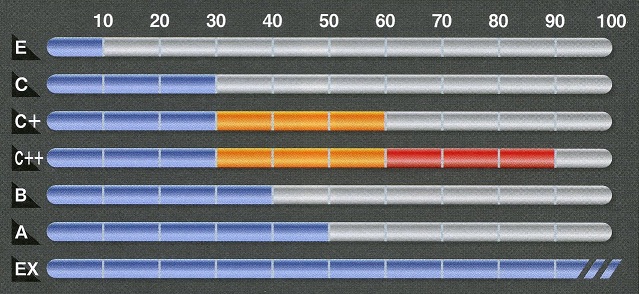
Got that in mind? Great! With that all said, you are officially the blueprints for a Fate character. And good news: you're in Fate/Zero and will die in your chapter of introduction because Gen Urobuchi is a hack.
Let's look at some examples of these kinds of adaptations of history and myth, and break down how the adaptation works or doesn't. We'll begin with an entire class: The Berserker.
The Berserker class is the saddest class in all of Fate storytelling. For the longest time, it was just an excuse to write people-shaped things acting like loyal puppies. "Oh, mister Heracles is totally nice even though he's a big gray ogre, I promise!" Boring. That's it, that's the extent of "classic" Berserker writing. If this was all it was, I'd say this is the lowest point of Fate- but there's an exception, and many more exceptions, which show an evolution in how "Berserker" for adaptations of myth and history.

The idea for adapting history and myth into a "Berserker" began off with the notion that rather than being wholly "mad" and intelligible, Berserkers would be "obsessed" with something or forcibly cursed to be feral. Heracles was cursed by Hera, Lancelot was cursed by his own Master, et cetera. Then more unique ideas were fleshed out and developed. Penthesilea in Fate/Grand Order is a competent, capable leader and fighter- but if she is reminded of Greek heroes, namely those who went for the Amazons or ESPECIALLY Achilles who killed her, she descends into a blind and violent rampage. New Berserkers tend to be written like this- they are based on figures who could be imagined holding a deep trauma or obsession, said pain giving them an excuse to have great but uncontrollable power. However, the most incredibly written Berserker is also the most surreal concept, rethinking the idea of "insanity" as a defining trait for power.
Imagine you did something horrific. You may or may not feel remorse, or regret, or joy, or anything. You don't know how you feel about it, because you don't know yourself. Penning the story of one who simply wishes to know who they once were, obsessed over this, whose history is so insane and twisted that you are a very calm, sane being- almost as if a dissociative ticking time bomb of repression- is Ryougo Narita of Durarara!! fame. You are Jack the Ripper.
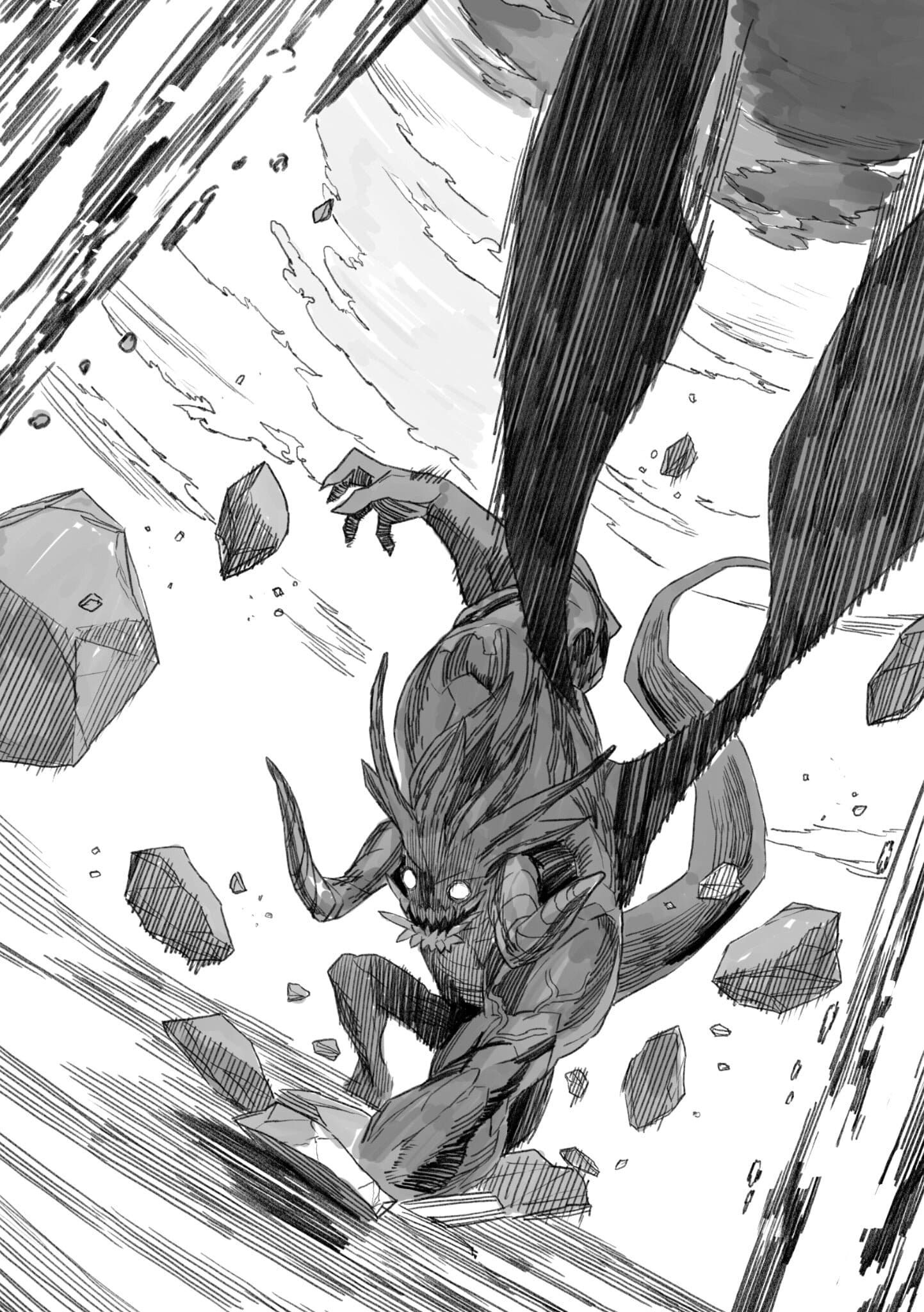
Fate/Strange Fake is a strange, lengthy, still-ongoing story, and I love it. It tells the story of dozens of characters with intricate backstories ongoing and weaving between each other, the strong point of Narita's style. Making it so much better is this imagining of Jack the Ripper as this intangible creature whose only wish is to know just who it was in reality. Man, woman, child, many, none, or even a myth, it can be anything it wishes to be due to this lack of understanding but feels utterly empty not knowing itself. According to Jack, due to having an "insane history," it is therefore allowed to be wholly conscious and sane when exercising its power as a Berserker. While Strange Fake is yet to be complete, what does exist is nothing but incredibly strong adaptations and reimaginings of even existing characters in Fate canon, such as the Archer-class Alcides reimagining Heracles' heroic soul as a man who spites the gods for driving him to kill his own wife and child. It is a strong example of the core of Type-Moon's writing as a whole: giving to these inhuman and unbelievable histories and legends very grounded, real emotions and motivations. Whether that is the evil shadow that haunted London, or the legendary Heracles, everything at one point was a human with their own thoughts and dreams.
So much like Alcides' technique to steal things from others (referencing Heracles' Labors and feats), let's learn how to steal that technique as a writer. When all is said and done about your fantasy character's powers or whatever else sets them as unreal, don't forget about the real parts of them. The main thing that people care about, the human heart and things one can understand and relate to, are what turns fictional characters into people we'd want to care about enough to love or hate. Even the most abstract of stories succeed when they value that bit of reality in the most unreal situations. Writing out the powers you create, or adapting the powers of an existing legend and canon, can go hand in hand with the meaning granted by very real characters. Neither aspect of a character is secondary. Their mechanical utility in making things blow up in a cool way is just as key to their identity as their feelings over blowing things up.

With all that said about Fate and its development of characters, the same can't be said of MegaTen. For the uninitiated, "MegaTen" is the shorthand for the Megami Tensei franchise by ATLUS. While most would think of the Persona series of spin-offs for their huge popularity, all of that began originally with video game adaptations of a series of rather…
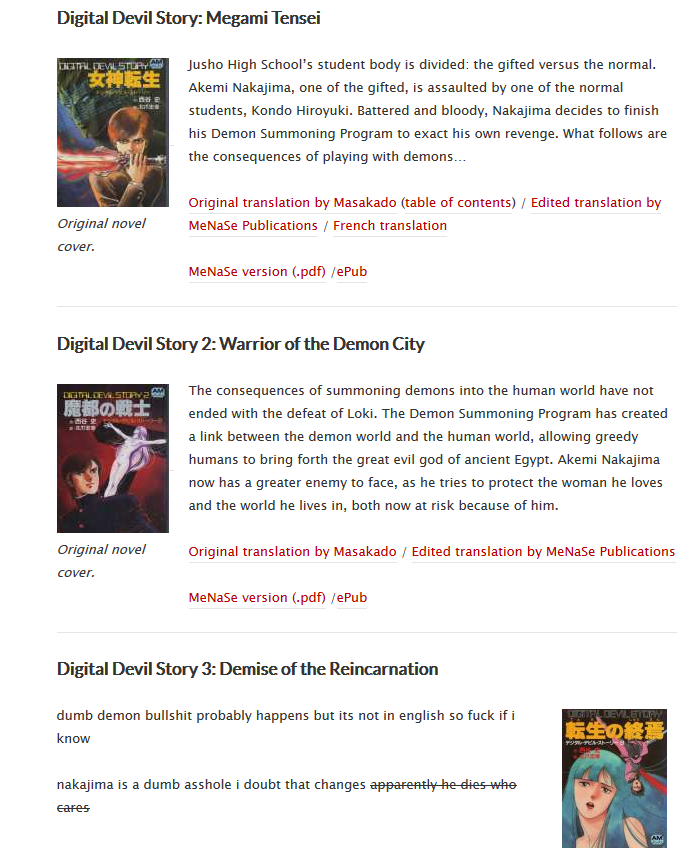
A series of video games that made their debut in the NES era could not, by the limitations of the consoles, be fantastic through the strength of characters. Complex plot progression and game mechanics wouldn't come until the later SNES era. The original game was, by all accounts, just a neat adaptation of niche books with pre-Pokemon monster collection mechanics (and a more action-RPG PC entry that didn't catch on). So what was added that made this work? Well, more than Japanese gamers apparently really loving metal album aesthetics, it was the strength of the world built for these RPGs, a world built on the interpretations of religious and mythological figures for an ideological war of Law and Order against Chaos and Freedom.
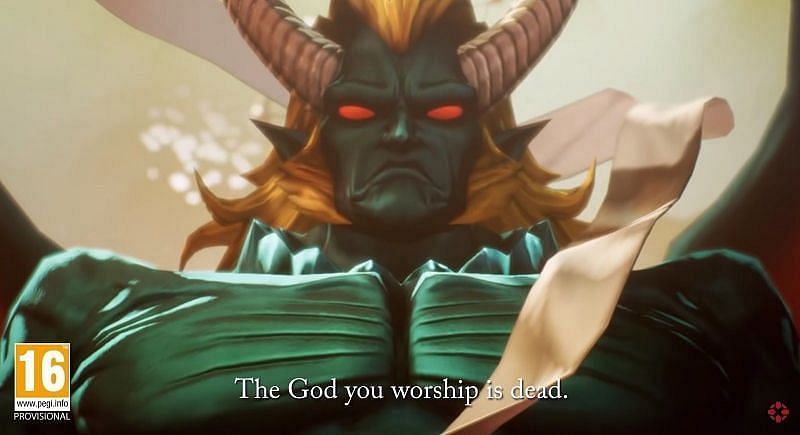
The hard pivot from adapting the Digital Devil Story novels to being an original story began in Megami Tensei II, which featured things such as the demonic king Pazuzu betraying the other demons to serve under the Abrahamic God. However, Megami Tensei II still mostly focused on demons having affairs almost completely separate from the people of humanity, and the people of humanity fighting to push them back. The real examples of creating a world purely from adapting mythos began in the original Shin Megami Tensei, where the world of the game's first half is an urban fantasy. When Ambassador THORman of the United States (very clever) nukes the world under God's orders, the game then transitions to a new, interesting realm where, in addition to human stragglers banding together to survive under different leaders, there are whole regions controlled by demons. Japan's Roppongi district is ruled by the "Black Count" and "Red Baron," Nebiros and Belial, respectively, who make a paradise of the undead for their adoptive daughter, a girl named Alice who they believed would be worse off in God's heaven. The area is steeped in a buildup of tragic discoveries as you learn the truth, and your only way out being exorcising a child after killing her fathers who were all finally happy somewhere. This area's role in the game is wholly optional, but its role in the development of the war between ideals in MegaTen is unforgettable in my mind.
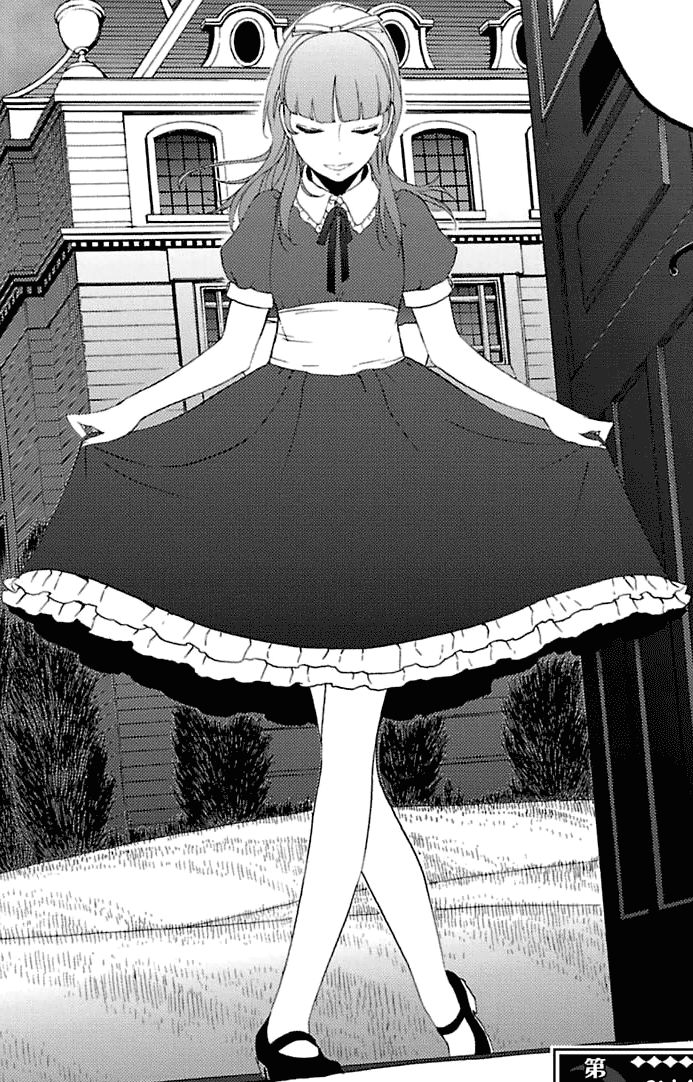
All throughout the franchise are adaptations like this. From the heartbreaking fate of Alice in Shin Megami Tensei to the surreal, cannibal-cyberpunk adaptation of literally all of Hindu lore in the Digital Devil Saga duology, intricate and complex worlds filled with power struggles of ideals have built up the MegaTen universes. Law and Chaos evolve with each entry, going from vague concepts in Megami Tensei II and the original Shin Megami Tensei to instead being built around a core ideological battle, such as accelerationism versus primitivism being the focus of Shin Megami Tensei: Strange Journey.
This is where disappointment tends to be held by contrarians (such as myself) for the mainline series' return to form, Shin Megami Tensei IV, which was made under a very turbulent period for ATLUS and could only spare little of the worldbuilding that is core to the series. Instead focusing on a more original world, the mythos of the demons takes a backseat. They are instead far more generic JRPG tropes, with Law and Chaos being more rigidly defined as, "The guys who run everything and will commit a fascism on a whim," and, "The guys who don't like that but are too mean about it, I guess, and will turn out the same way but with Kansai/gangster accents and scary music." Rather than these ideals shown as extremes born of a twisted world where no ending will ever leave everyone happy, they are instead seen as definite awfuls with the neutral route being good for everyone involved except those nasty mean extremists. The remake dubbed Strange Journey Redux only serves to further this odd distancing of the new from the old, wherein a time travel plot is added and made mandatory, outright condemning the original decisions and endings of the game and saying new ones are better.
Alongside this odd shift in the worldbuilding, demons hardly go much further in the adaptation and characterization department than straight fascist or brutish bully, most relegated to being a brain-loving monster with a speech quirk. Compare this to the respectful attempt at adapting Algonquian lore in Devil Summoner: Soul Hackers where beings such as Kinap, a demigod-like figure, serve as allies and fully developed characters from the spiritual world interacting with the human world in unique ways, and the spirits of Algonquian lore are caught in a greed-motivated venture by Satanic demons and cruel humans alike to exploit them further for the sake of developing a cyberpunk dystopia.
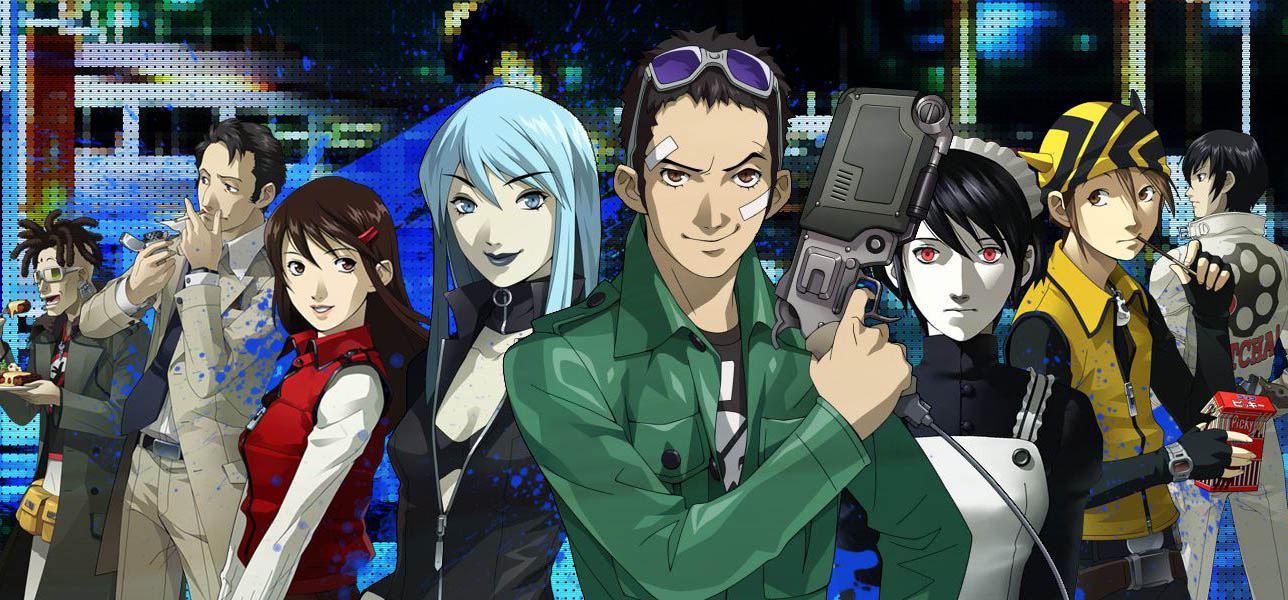
So what can we learn from the Megami Tensei franchise's interesting journey of both triumphs and confusing changes in direction? Well, above all else, PLEASE don't reduce important spiritual and historical figures to brain-eating zombies, or turn Krishna- the eighth incarnation of Vishnu in Hinduism, a legendary hero- into nothing more than a fedora-wearing, flute-wielding sociopath anime villain. That's a bit rude and frankly fails to create an interesting world utilizing Krishna as the supposed leader of a powerful faction and group in an ideological war (Krishna appears as a major antagonist in Shin Megami Tensei IV: Apocalypse). Instead, when creating your world as an adaptation of myth and legend, think to how these legends parallel and represent themes that would be consistent to today, or with the kind of world you want to create. How does the struggle to survive and find oneself in a world where only the strong prosper dance around Hindu teachings and beliefs, as Digital Devil Saga explored? How would the punisher of broken oaths, Horkos, look upon humanity's betrayal of mother nature and create a kingdom for himself as he prepares to punish us, as was shown in Carina of Strange Journey? How would God, and people seeking to be like a God, rule and war in your world? And most importantly, what would their struggle of domination look like and do to those trying to just live?
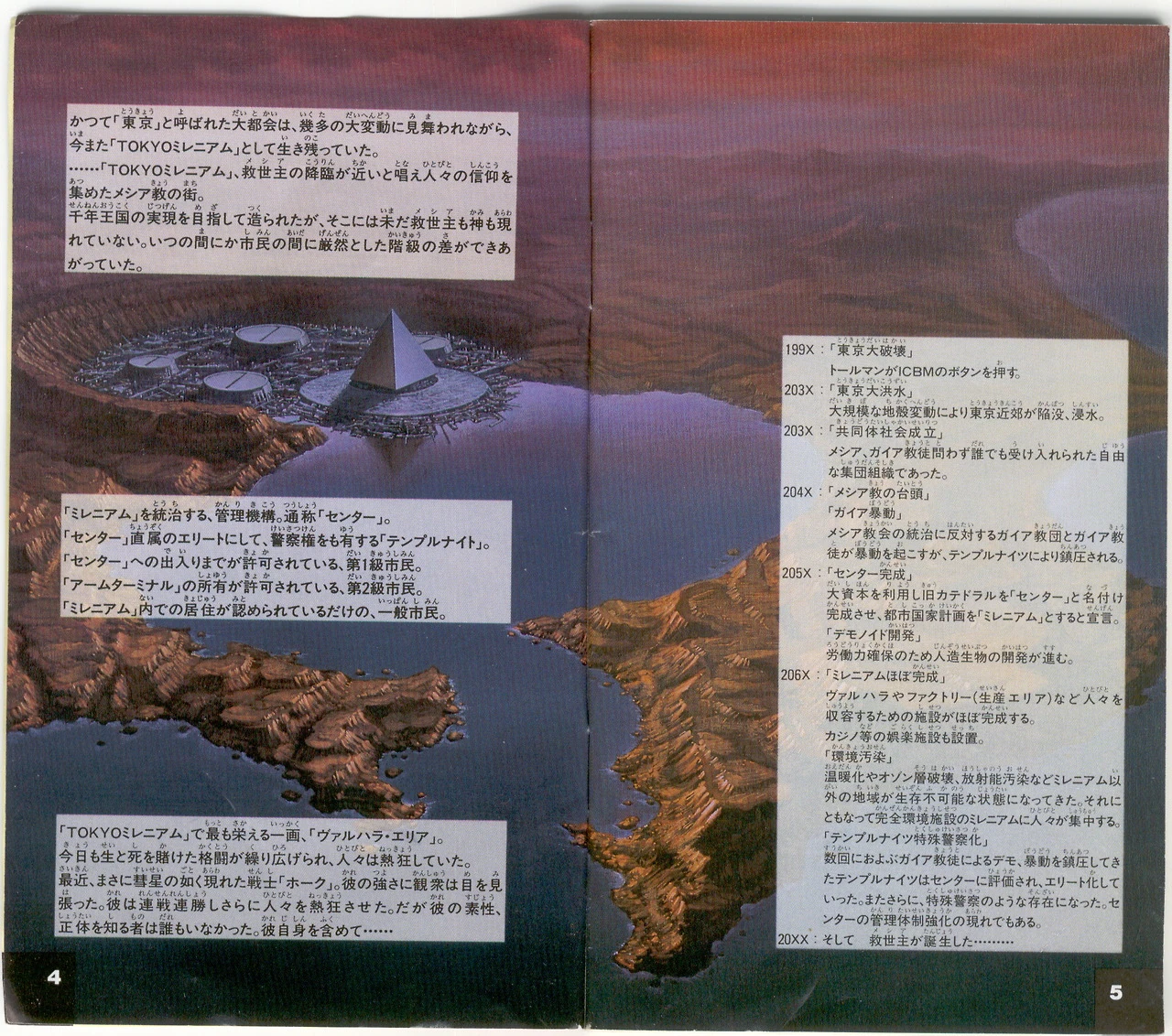
Storytelling is an ancient art. Things have been adapted and retold endlessly, and two of the most successful franchises in the world of Japanese video games prove that you don't need to be wholly original to understand how to write something that works. You just need to know how to make your characters feel real, and your world reflect back the real developments of these characters.
Well… That feels like it got rather lengthy, but then again, if you're trying to learn to write things worth thinking about. Hopefully, this read gave you some ideas of your own from an unlikely pair of sources. There's more to discover in the world of fiction and always more to learn from any source. I hope this was as fruitful for you as it was for me.
Ashley signing off.
DrowZ here, attached are some links to Ashley's stuff, be sure to give them a follow.


Comments
Post a Comment